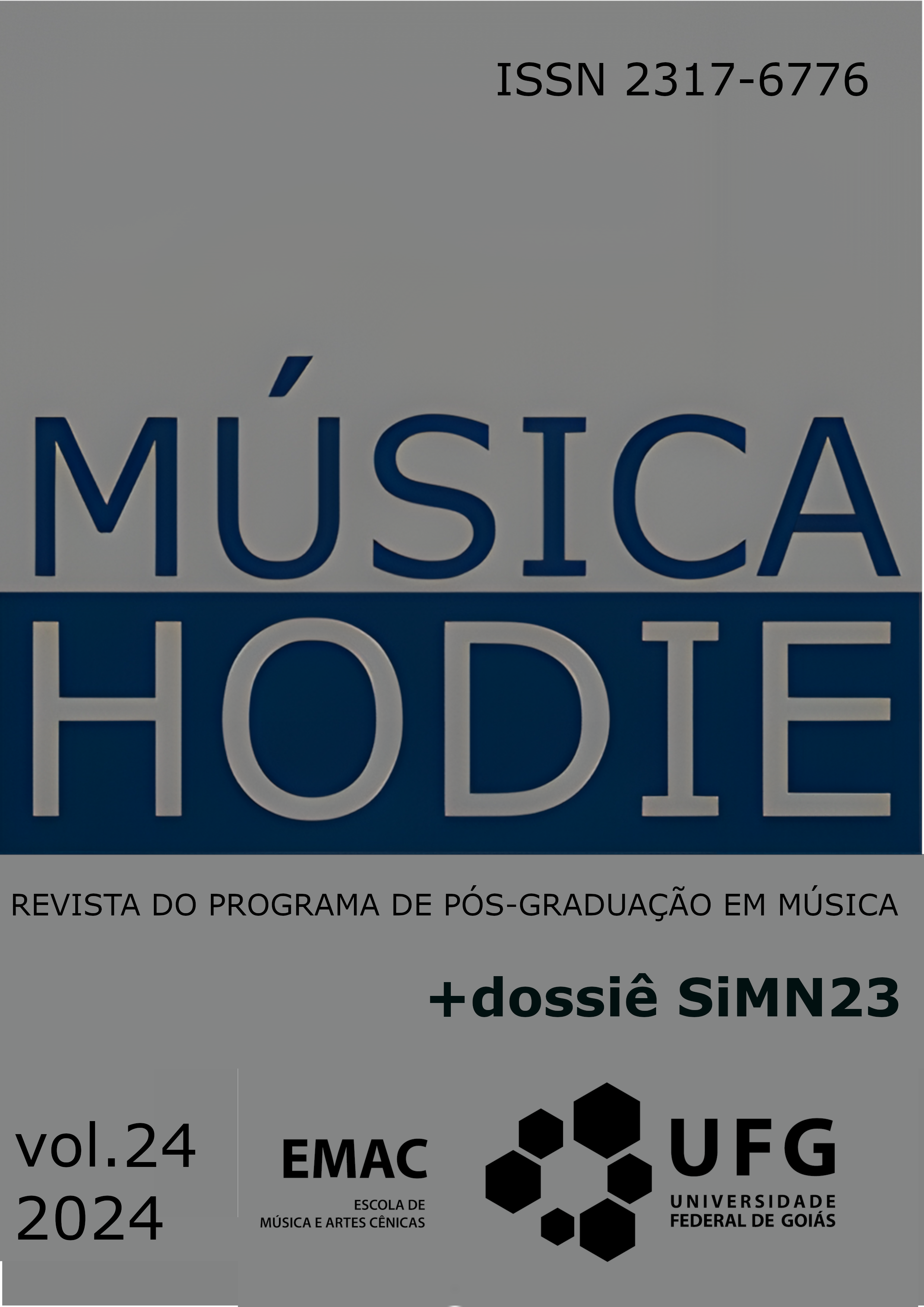Advanced string instruments in the musical culture of Kazakhs, Kyrgyz, and UzbeksAdvanced string instruments in the musical culture of Kazakhs, Kyrgyz, and Uzbeks
DOI:
https://doi.org/10.5216/mh.v24.79380Palabras clave:
uniform temperament, chromatic scale, metal strings, model reconstruction, ethnic cultureResumen
The relevance of this study lies in the need to explore the significance, uniqueness, preservation, and popularisation of the unique art of interpretation on stringed instruments in Central Asia, including modified ones, in the modern world. The purpose of the study is to examine the features of using the “prima-kobyz” and advanced string instruments in the sphere of contemporary musical art in Kazakhstan and Turkic peoples (Kyrgyzstan, Uzbekistan). The methods employed in investigating this problem include analysis, comparison, and synthesis. As a result of this study, certain aspects of the studied phenomenon were identified: understanding the fundamental properties of instruments (timbre, sound formation, tuning, production resources, form); examining the process of their reconstruction (establishing uniform temperament, introducing metal strings); illuminating the principles of preserving traditions of oral professional and folk music by modern composers (synthesis of traditions of oral-professional and later academic fields based on form, genres, intonational, and rhythmic content); revealing the features of performance practice on stringed instruments in Central Asia (identifying the technical potential and versatility of sound shades of “prima-kobyz”, capable of translating large-scale compositions, including Concerto No. 1 by A. Zhaiym, analysed in this paper); noting the outcomes of modernising ancient stringed instruments (positive: broad coverage of classical and modern global repertoire, concert, ensemble, orchestral functions; negative: the disappearance of the authenticity of sound and unique timbral colour) and the factors of their reconstruction as ancient samples of Central Asian instrumentation; the significance, necessity, and demand for parallel development of performing skills on authentic and reconstructed models of folk instruments. The practical importance of this study lies in the demand for its materials by such fields as: musicology; cultural studies; history and theory of professional music in oral tradition; music education; solo, ensemble, and orchestral performance on folk instruments.















